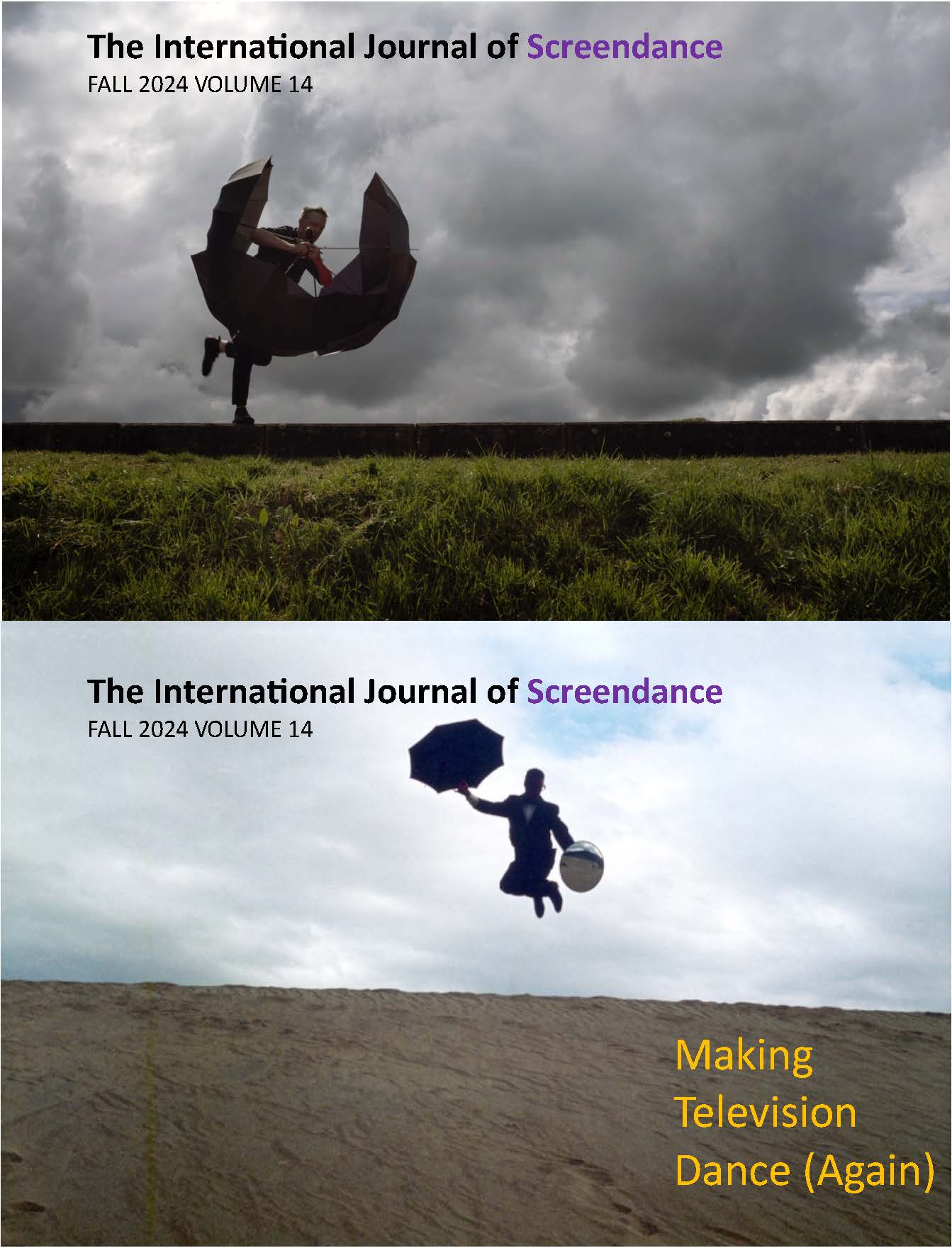The Resistive Gaze in Kuwaiti Screendance: An Analysis of Women’s Zar Dance in Alsamt (1979) and Mohammed Ali Road (2020)
DOI:
https://doi.org/10.18061/ijsd.v14i1.9533Keywords:
Dancefilm, Kuwait, Resistive Gaze, Screendance, ZarAbstract
This article examines representations of women performing the zar dance in the Kuwaiti film Alsamt/The Silence (1979) and television show Mohammed Ali Road (2020). A review of scholarship overviews the history of the zar dance in Kuwait and examines representations of women’s dance in Kuwaiti screendance. A comparative analysis of the zar dance scenes in Alsamt and Mohammed Ali Road considers the reasons why the latter exemplar was censored from Kuwaiti television. The analysis draws on Kuwaiti Islamic feminist perspectives to take up a consideration of multiple gazes that frame the cine-choreography of the zar dance and shape representations of women’s dance in Kuwait. Expanding on these theoretical foundations, describe how patriarchal and resistive gazes influence the way the camera shapes representations of women’s dance performances in Kuwaiti film and television.
Downloads
Published
How to Cite
Issue
Section
License
Copyright (c) 2024 Najat Alsheridah

This work is licensed under a Creative Commons Attribution-ShareAlike 4.0 International License.

